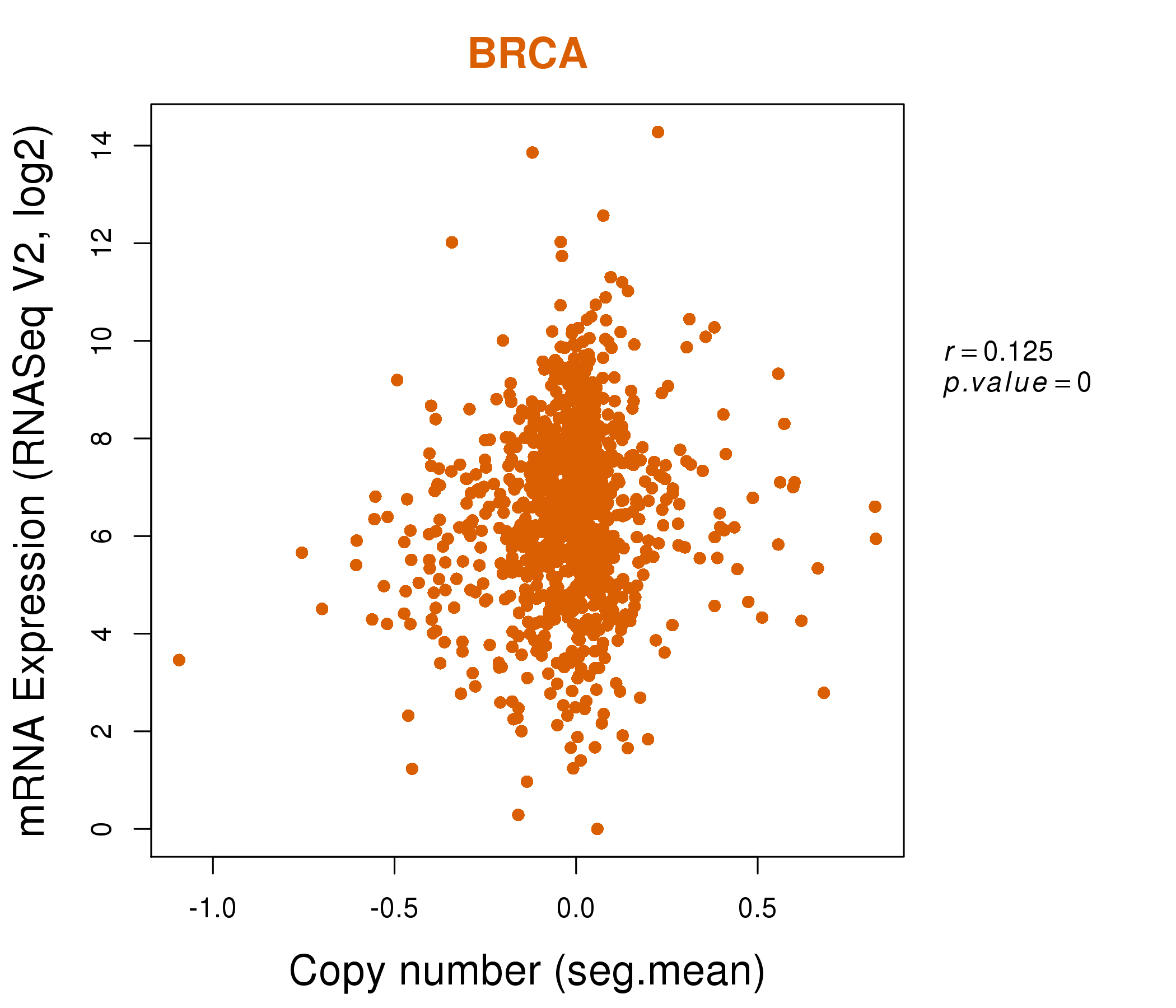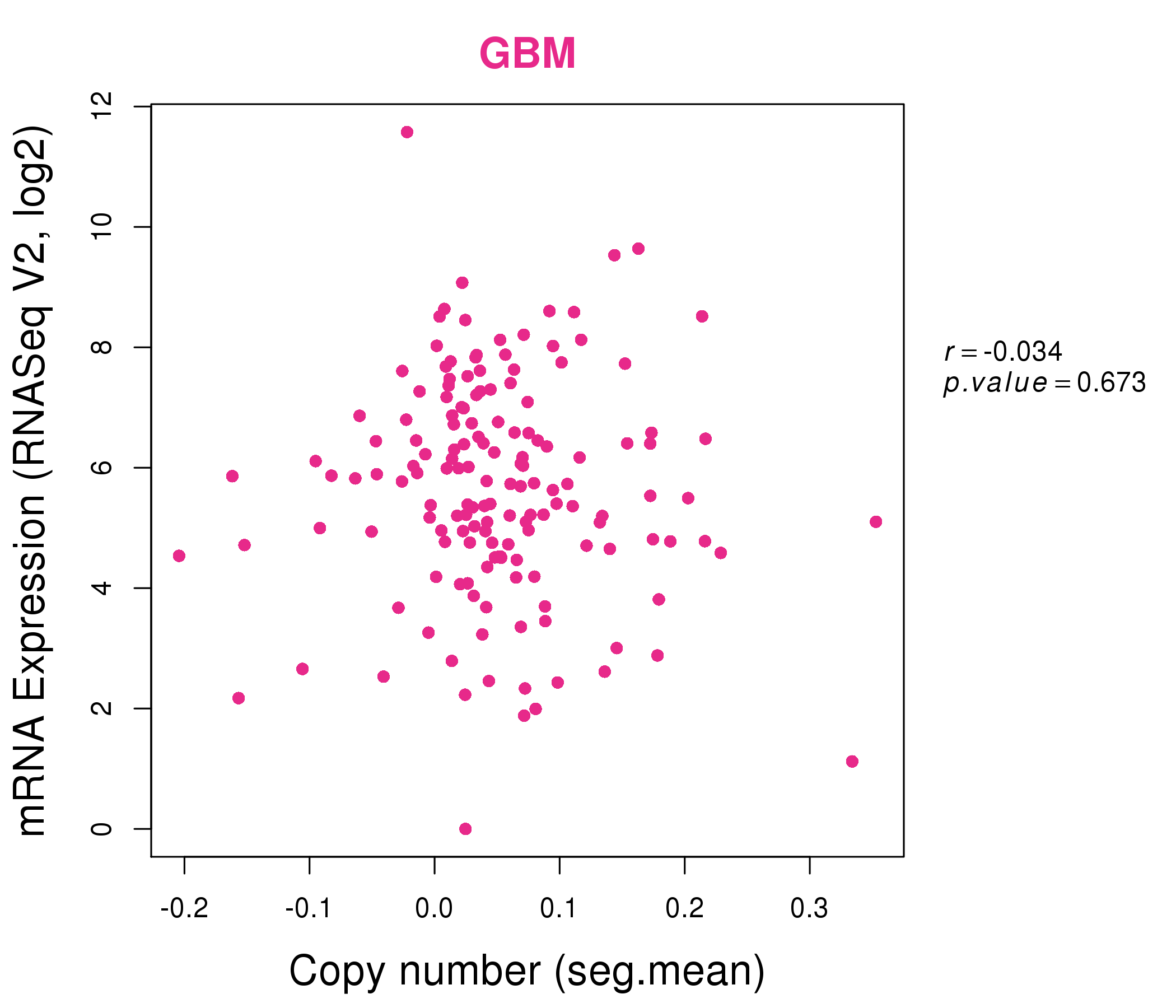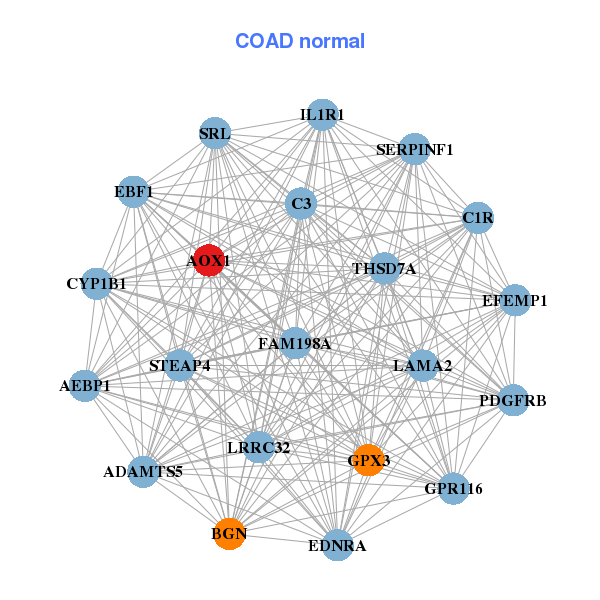|
|||||||||||||||||||||||||||||||||||||||||||||||||||||||||||||||||||||||||||||||||||||||||||||||||||||||||||||||||||||||||||||||||||||||||||||||||||||||||||||||||||||||||||||||||||||||||||||||||||||||||||||||||||||||||||||||||||||||||||||||||||||||||||||||||||||||||||||||||||||||||||||||||||||||||||||||||||||||||||||||||||||||||||||||||||||||||||||||||||||
| |
| Phenotypic Information (metabolism pathway, cancer, disease, phenome) |
| |
| |
| Gene-Gene Network Information: Co-Expression Network, Interacting Genes & KEGG |
| |
|
| Gene Summary for AOX1 |
| Basic gene info. | Gene symbol | AOX1 |
| Gene name | aldehyde oxidase 1 | |
| Synonyms | AO|AOH1 | |
| Cytomap | UCSC genome browser: 2q33 | |
| Genomic location | chr2 :201450730-201536217 | |
| Type of gene | protein-coding | |
| RefGenes | NM_001159.3, | |
| Ensembl id | ENSG00000138356 | |
| Description | aldehyde oxidaseazaheterocycle hydroxylase | |
| Modification date | 20141207 | |
| dbXrefs | MIM : 602841 | |
| HGNC : HGNC | ||
| Ensembl : ENSG00000138356 | ||
| HPRD : 07537 | ||
| Vega : OTTHUMG00000154536 | ||
| Protein | UniProt: go to UniProt's Cross Reference DB Table | |
| Expression | CleanEX: HS_AOX1 | |
| BioGPS: 316 | ||
| Gene Expression Atlas: ENSG00000138356 | ||
| The Human Protein Atlas: ENSG00000138356 | ||
| Pathway | NCI Pathway Interaction Database: AOX1 | |
| KEGG: AOX1 | ||
| REACTOME: AOX1 | ||
| ConsensusPathDB | ||
| Pathway Commons: AOX1 | ||
| Metabolism | MetaCyc: AOX1 | |
| HUMANCyc: AOX1 | ||
| Regulation | Ensembl's Regulation: ENSG00000138356 | |
| miRBase: chr2 :201,450,730-201,536,217 | ||
| TargetScan: NM_001159 | ||
| cisRED: ENSG00000138356 | ||
| Context | iHOP: AOX1 | |
| cancer metabolism search in PubMed: AOX1 | ||
| UCL Cancer Institute: AOX1 | ||
| Assigned class in ccmGDB | C | |
| Top |
| Phenotypic Information for AOX1(metabolism pathway, cancer, disease, phenome) |
| Cancer | CGAP: AOX1 |
| Familial Cancer Database: AOX1 | |
| * This gene is included in those cancer gene databases. |
|
|
|
|
|
| . | |||||||||||||||||||||||||||||||||||||||||||||||||||||||||||||||||||||||||||||||||||||||||||||||||||||||||||||||||||||||||||||||||||||||||||||||||||||||||||||||||||||||||||||||||||||||||||||||||||||||||||||||||||||||||||||||||||||||||||||||||||||||||||||||||||||||||||||||||||||||||||||||||||||||||||||||||||||||||||||||||||||||||||||||||||||||||||||||
Oncogene 1 | Significant driver gene in | ||||||||||||||||||||||||||||||||||||||||||||||||||||||||||||||||||||||||||||||||||||||||||||||||||||||||||||||||||||||||||||||||||||||||||||||||||||||||||||||||||||||||||||||||||||||||||||||||||||||||||||||||||||||||||||||||||||||||||||||||||||||||||||||||||||||||||||||||||||||||||||||||||||||||||||||||||||||||||||||||||||||||||||||||||||||||||||||||||||
| cf) number; DB name 1 Oncogene; http://nar.oxfordjournals.org/content/35/suppl_1/D721.long, 2 Tumor Suppressor gene; https://bioinfo.uth.edu/TSGene/, 3 Cancer Gene Census; http://www.nature.com/nrc/journal/v4/n3/abs/nrc1299.html, 4 CancerGenes; http://nar.oxfordjournals.org/content/35/suppl_1/D721.long, 5 Network of Cancer Gene; http://ncg.kcl.ac.uk/index.php, 1Therapeutic Vulnerabilities in Cancer; http://cbio.mskcc.org/cancergenomics/statius/ |
| KEGG_TYROSINE_METABOLISM KEGG_TRYPTOPHAN_METABOLISM KEGG_NICOTINATE_AND_NICOTINAMIDE_METABOLISM KEGG_DRUG_METABOLISM_CYTOCHROME_P450 | |
| OMIM | |
| Orphanet | |
| Disease | KEGG Disease: AOX1 |
| MedGen: AOX1 (Human Medical Genetics with Condition) | |
| ClinVar: AOX1 | |
| Phenotype | MGI: AOX1 (International Mouse Phenotyping Consortium) |
| PhenomicDB: AOX1 | |
| Mutations for AOX1 |
| * Under tables are showing count per each tissue to give us broad intuition about tissue specific mutation patterns.You can go to the detailed page for each mutation database's web site. |
| - Statistics for Tissue and Mutation type | Top |
 |
| - For Inter-chromosomal Variations |
| * Inter-chromosomal variantions includes 'interchromosomal amplicon to amplicon', 'interchromosomal amplicon to non-amplified dna', 'interchromosomal insertion', 'Interchromosomal unknown type'. |
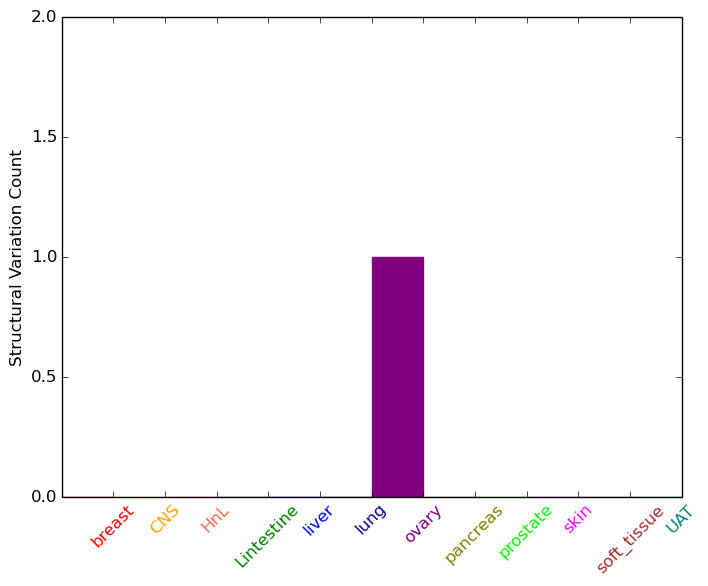 |
| - For Intra-chromosomal Variations |
| * Intra-chromosomal variantions includes 'intrachromosomal amplicon to amplicon', 'intrachromosomal amplicon to non-amplified dna', 'intrachromosomal deletion', 'intrachromosomal fold-back inversion', 'intrachromosomal inversion', 'intrachromosomal tandem duplication', 'Intrachromosomal unknown type', 'intrachromosomal with inverted orientation', 'intrachromosomal with non-inverted orientation'. |
 |
| Sample | Symbol_a | Chr_a | Start_a | End_a | Symbol_b | Chr_b | Start_b | End_b |
| ovary | AOX1 | chr2 | 201475999 | 201476019 | AOX1 | chr2 | 201473448 | 201473468 |
| cf) Tissue number; Tissue name (1;Breast, 2;Central_nervous_system, 3;Haematopoietic_and_lymphoid_tissue, 4;Large_intestine, 5;Liver, 6;Lung, 7;Ovary, 8;Pancreas, 9;Prostate, 10;Skin, 11;Soft_tissue, 12;Upper_aerodigestive_tract) |
| * From mRNA Sanger sequences, Chitars2.0 arranged chimeric transcripts. This table shows AOX1 related fusion information. |
| ID | Head Gene | Tail Gene | Accession | Gene_a | qStart_a | qEnd_a | Chromosome_a | tStart_a | tEnd_a | Gene_a | qStart_a | qEnd_a | Chromosome_a | tStart_a | tEnd_a |
| AV653907 | AOX1 | 1 | 364 | 2 | 201534428 | 201535676 | ALB | 362 | 706 | 4 | 74283944 | 74286870 | |
| Top |
| Mutation type/ Tissue ID | brca | cns | cerv | endome | haematopo | kidn | Lintest | liver | lung | ns | ovary | pancre | prost | skin | stoma | thyro | urina | |||
| Total # sample | 1 | 1 | ||||||||||||||||||
| GAIN (# sample) | 1 | 1 | ||||||||||||||||||
| LOSS (# sample) |
| cf) Tissue ID; Tissue type (1; Breast, 2; Central_nervous_system, 3; Cervix, 4; Endometrium, 5; Haematopoietic_and_lymphoid_tissue, 6; Kidney, 7; Large_intestine, 8; Liver, 9; Lung, 10; NS, 11; Ovary, 12; Pancreas, 13; Prostate, 14; Skin, 15; Stomach, 16; Thyroid, 17; Urinary_tract) |
| Top |
|
 |
| Top |
| Stat. for Non-Synonymous SNVs (# total SNVs=131) | (# total SNVs=29) |
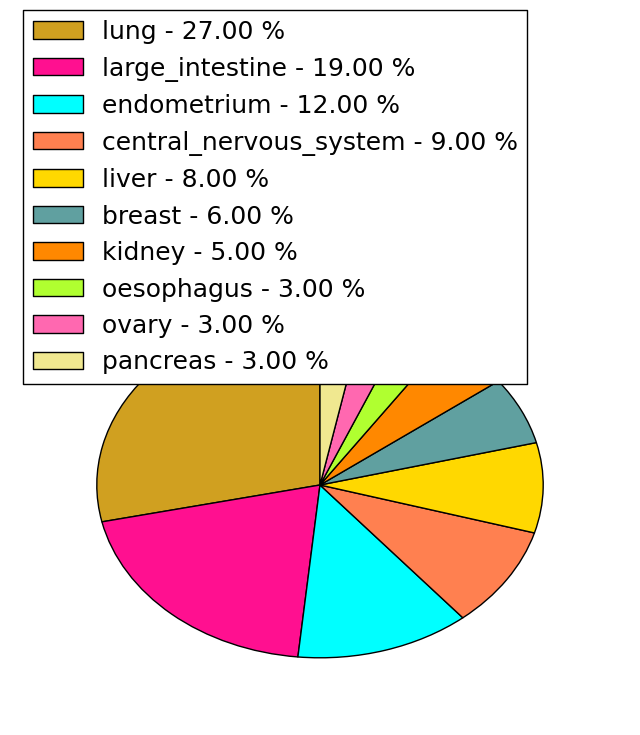 |  |
(# total SNVs=3) | (# total SNVs=1) |
 |  |
| Top |
| * When you move the cursor on each content, you can see more deailed mutation information on the Tooltip. Those are primary_site,primary_histology,mutation(aa),pubmedID. |
| GRCh37 position | Mutation(aa) | Unique sampleID count |
| chr2:201478598-201478598 | p.A507V | 5 |
| chr2:201478599-201478599 | p.A507A | 3 |
| chr2:201485877-201485877 | p.G637S | 3 |
| chr2:201524742-201524742 | p.R1109C | 3 |
| chr2:201460056-201460056 | p.M55I | 3 |
| chr2:201460064-201460064 | p.R58Q | 3 |
| chr2:201507524-201507524 | p.K949N | 2 |
| chr2:201502954-201502954 | p.R833C | 2 |
| chr2:201477456-201477456 | p.Y463C | 2 |
| chr2:201462197-201462197 | p.G93E | 2 |
| Top |
|
 |
| Point Mutation/ Tissue ID | 1 | 2 | 3 | 4 | 5 | 6 | 7 | 8 | 9 | 10 | 11 | 12 | 13 | 14 | 15 | 16 | 17 | 18 | 19 | 20 |
| # sample | 4 | 4 | 1 | 16 | 5 | 6 | 7 | 1 | 20 | 14 | 5 | 1 | 1 | 29 | 8 | 2 | 14 | |||
| # mutation | 5 | 4 | 1 | 17 | 4 | 7 | 7 | 1 | 20 | 15 | 5 | 1 | 1 | 31 | 12 | 2 | 22 | |||
| nonsynonymous SNV | 3 | 3 | 11 | 3 | 5 | 7 | 12 | 14 | 5 | 1 | 1 | 20 | 7 | 1 | 17 | |||||
| synonymous SNV | 2 | 1 | 1 | 6 | 1 | 2 | 1 | 8 | 1 | 11 | 5 | 1 | 5 |
| cf) Tissue ID; Tissue type (1; BLCA[Bladder Urothelial Carcinoma], 2; BRCA[Breast invasive carcinoma], 3; CESC[Cervical squamous cell carcinoma and endocervical adenocarcinoma], 4; COAD[Colon adenocarcinoma], 5; GBM[Glioblastoma multiforme], 6; Glioma Low Grade, 7; HNSC[Head and Neck squamous cell carcinoma], 8; KICH[Kidney Chromophobe], 9; KIRC[Kidney renal clear cell carcinoma], 10; KIRP[Kidney renal papillary cell carcinoma], 11; LAML[Acute Myeloid Leukemia], 12; LUAD[Lung adenocarcinoma], 13; LUSC[Lung squamous cell carcinoma], 14; OV[Ovarian serous cystadenocarcinoma ], 15; PAAD[Pancreatic adenocarcinoma], 16; PRAD[Prostate adenocarcinoma], 17; SKCM[Skin Cutaneous Melanoma], 18:STAD[Stomach adenocarcinoma], 19:THCA[Thyroid carcinoma], 20:UCEC[Uterine Corpus Endometrial Carcinoma]) |
| Top |
| * We represented just top 10 SNVs. When you move the cursor on each content, you can see more deailed mutation information on the Tooltip. Those are primary_site, primary_histology, mutation(aa), pubmedID. |
| Genomic Position | Mutation(aa) | Unique sampleID count |
| chr2:201485877 | p.A507V | 2 |
| chr2:201457926 | p.G637C | 2 |
| chr2:201460056 | p.L35F | 2 |
| chr2:201478598 | p.M55I | 2 |
| chr2:201470304 | p.L201L | 2 |
| chr2:201507522 | p.K949E | 2 |
| chr2:201468754 | p.K949N | 2 |
| chr2:201507524 | p.Y463C | 2 |
| chr2:201477456 | p.S287Y | 2 |
| chr2:201457892 | p.P778S | 1 |
| * Copy number data were extracted from TCGA using R package TCGA-Assembler. The URLs of all public data files on TCGA DCC data server were gathered on Jan-05-2015. Function ProcessCNAData in TCGA-Assembler package was used to obtain gene-level copy number value which is calculated as the average copy number of the genomic region of a gene. |
 |
| cf) Tissue ID[Tissue type]: BLCA[Bladder Urothelial Carcinoma], BRCA[Breast invasive carcinoma], CESC[Cervical squamous cell carcinoma and endocervical adenocarcinoma], COAD[Colon adenocarcinoma], GBM[Glioblastoma multiforme], Glioma Low Grade, HNSC[Head and Neck squamous cell carcinoma], KICH[Kidney Chromophobe], KIRC[Kidney renal clear cell carcinoma], KIRP[Kidney renal papillary cell carcinoma], LAML[Acute Myeloid Leukemia], LUAD[Lung adenocarcinoma], LUSC[Lung squamous cell carcinoma], OV[Ovarian serous cystadenocarcinoma ], PAAD[Pancreatic adenocarcinoma], PRAD[Prostate adenocarcinoma], SKCM[Skin Cutaneous Melanoma], STAD[Stomach adenocarcinoma], THCA[Thyroid carcinoma], UCEC[Uterine Corpus Endometrial Carcinoma] |
| Top |
| Gene Expression for AOX1 |
| * CCLE gene expression data were extracted from CCLE_Expression_Entrez_2012-10-18.res: Gene-centric RMA-normalized mRNA expression data. |
 |
| * Normalized gene expression data of RNASeqV2 was extracted from TCGA using R package TCGA-Assembler. The URLs of all public data files on TCGA DCC data server were gathered at Jan-05-2015. Only eight cancer types have enough normal control samples for differential expression analysis. (t test, adjusted p<0.05 (using Benjamini-Hochberg FDR)) |
 |
| Top |
| * This plots show the correlation between CNV and gene expression. |
: Open all plots for all cancer types
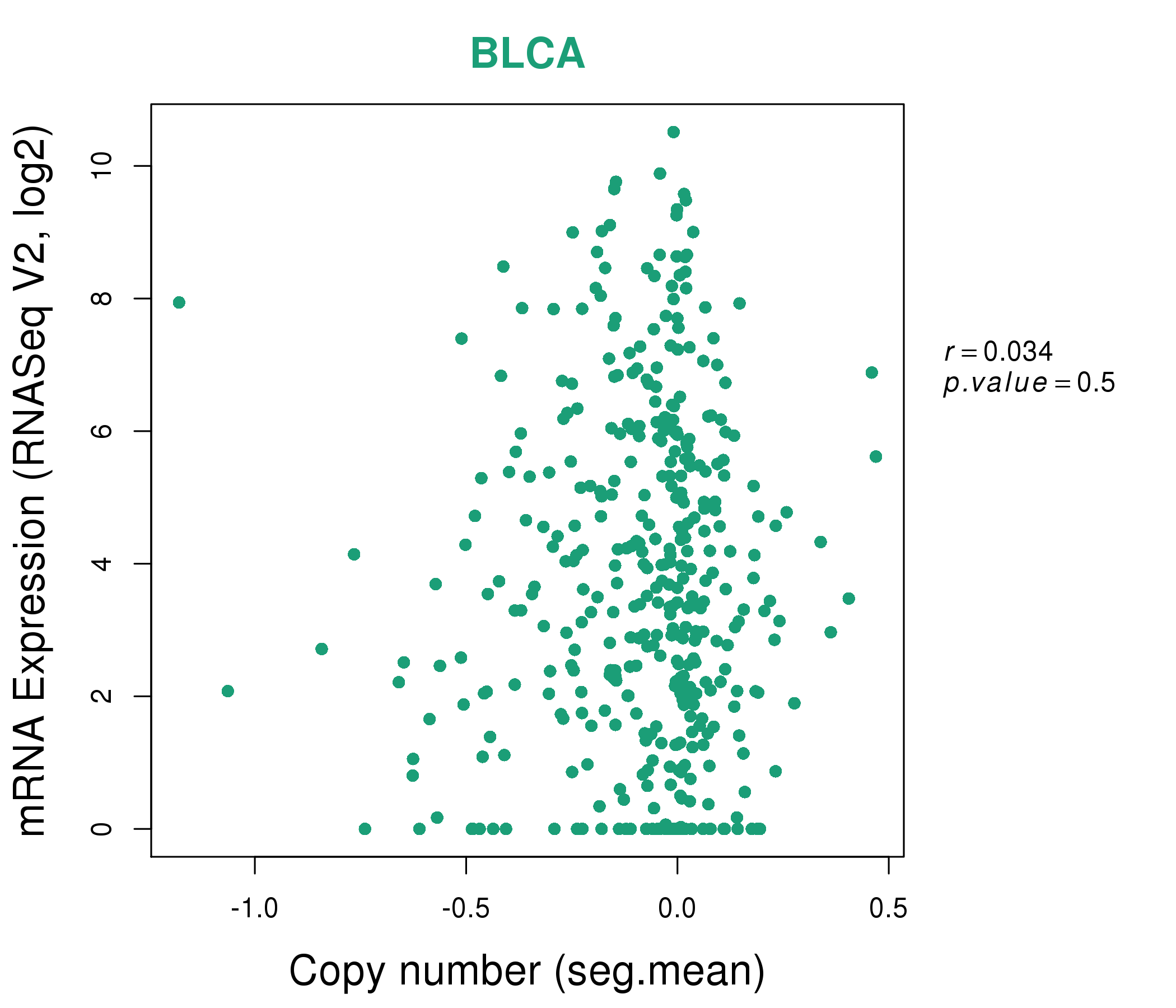 |
|
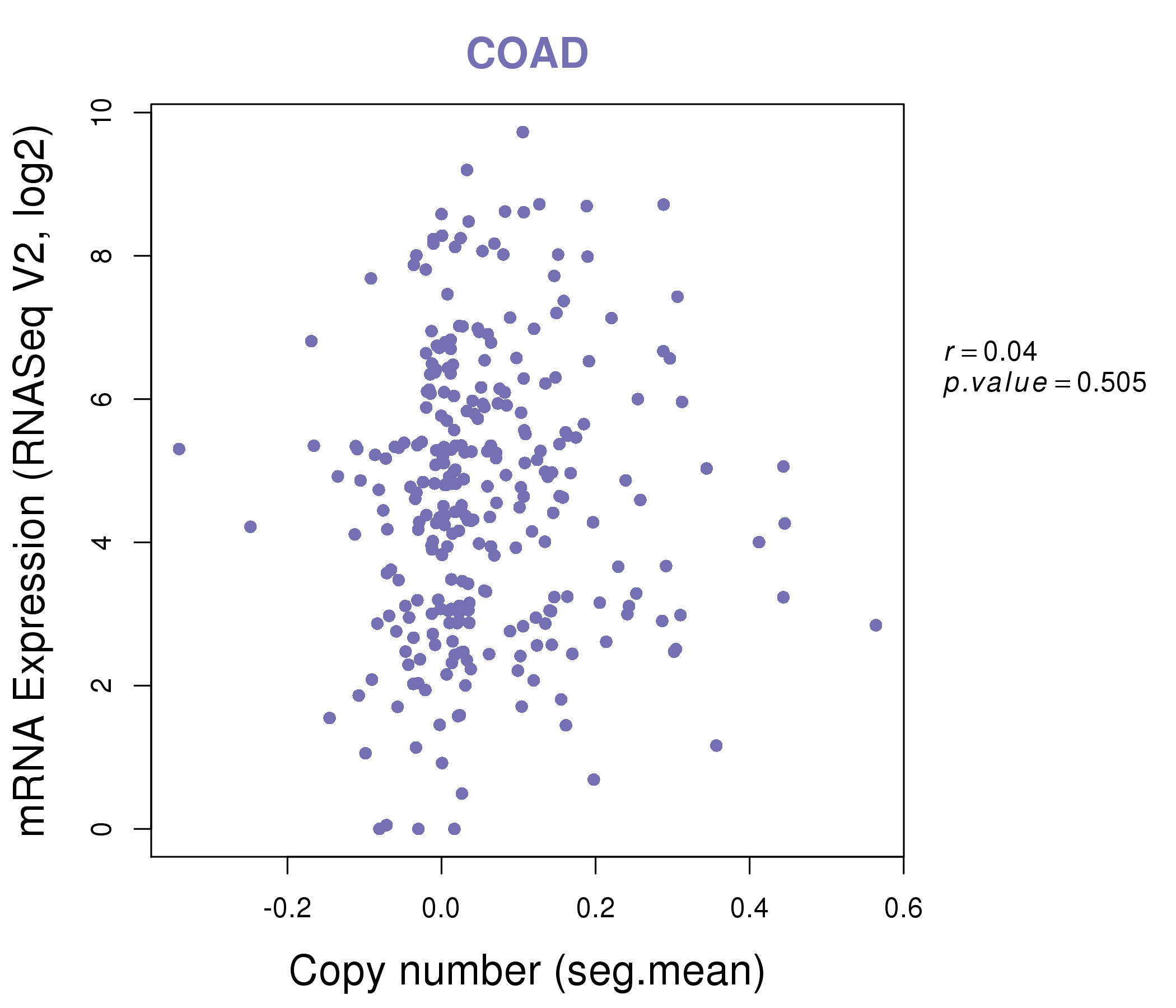 |
|
| Top |
| Gene-Gene Network Information |
| * Co-Expression network figures were drawn using R package igraph. Only the top 20 genes with the highest correlations were shown. Red circle: input gene, orange circle: cell metabolism gene, sky circle: other gene |
: Open all plots for all cancer types
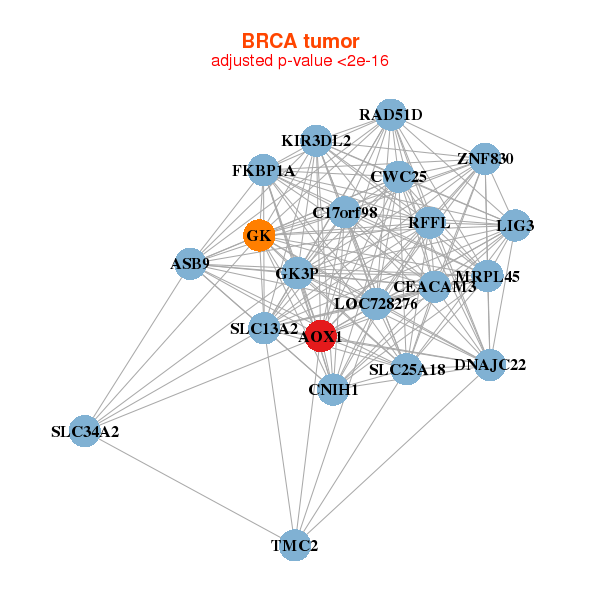 |
| ||||
| AOX1,ASB9,C17orf98,CEACAM3,CNIH1,CWC25,DNAJC22, FKBP1A,GK,GK3P,KIR3DL2,LIG3,LOC728276,MRPL45, RAD51D,RFFL,SLC13A2,SLC25A18,SLC34A2,TMC2,ZNF830 | ABCA6,ABCA8,AOX1,CCDC80,CRTAP,CYBRD1,DSE, DUSP22,EMX2OS,FBLN5,GALNT15,NEGR1,NOX4,PCSK5, PID1,PRELP,SLC9A9,SNX9,TGFBR2,TIMP2,XG | ||||
 |
| ||||
| ABCA6,ABCA8,ABCA9,ADH1B,AOX1,MEDAG,C7, CCDC80,CDO1,EFEMP1,FBLN5,FZD4,IGF1,LHFP, LOC339524,PALMD,PODN,RBMS3,SFRP1,SLIT3,SVEP1 | ADAMTS5,AEBP1,AOX1,BGN,C1R,C3,CYP1B1, EBF1,EDNRA,EFEMP1,FAM198A,GPR116,GPX3,IL1R1, LAMA2,LRRC32,PDGFRB,SERPINF1,SRL,STEAP4,THSD7A |
| * Co-Expression network figures were drawn using R package igraph. Only the top 20 genes with the highest correlations were shown. Red circle: input gene, orange circle: cell metabolism gene, sky circle: other gene |
: Open all plots for all cancer types
| Top |
: Open all interacting genes' information including KEGG pathway for all interacting genes from DAVID
| Top |
| Pharmacological Information for AOX1 |
| DB Category | DB Name | DB's ID and Url link |
| * Gene Centered Interaction Network. |
 |
| * Drug Centered Interaction Network. |
| DrugBank ID | Target Name | Drug Groups | Generic Name | Drug Centered Network | Drug Structure |
| DB00993 | aldehyde oxidase 1 | approved | Azathioprine |  |  |
| DB00437 | aldehyde oxidase 1 | approved | Allopurinol |  | 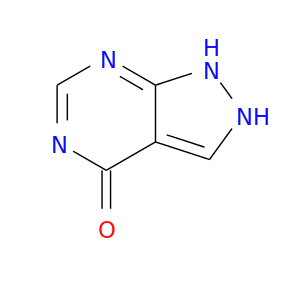 |
| DB00170 | aldehyde oxidase 1 | approved; nutraceutical | Menadione |  |  |
| DB00563 | aldehyde oxidase 1 | approved | Methotrexate | 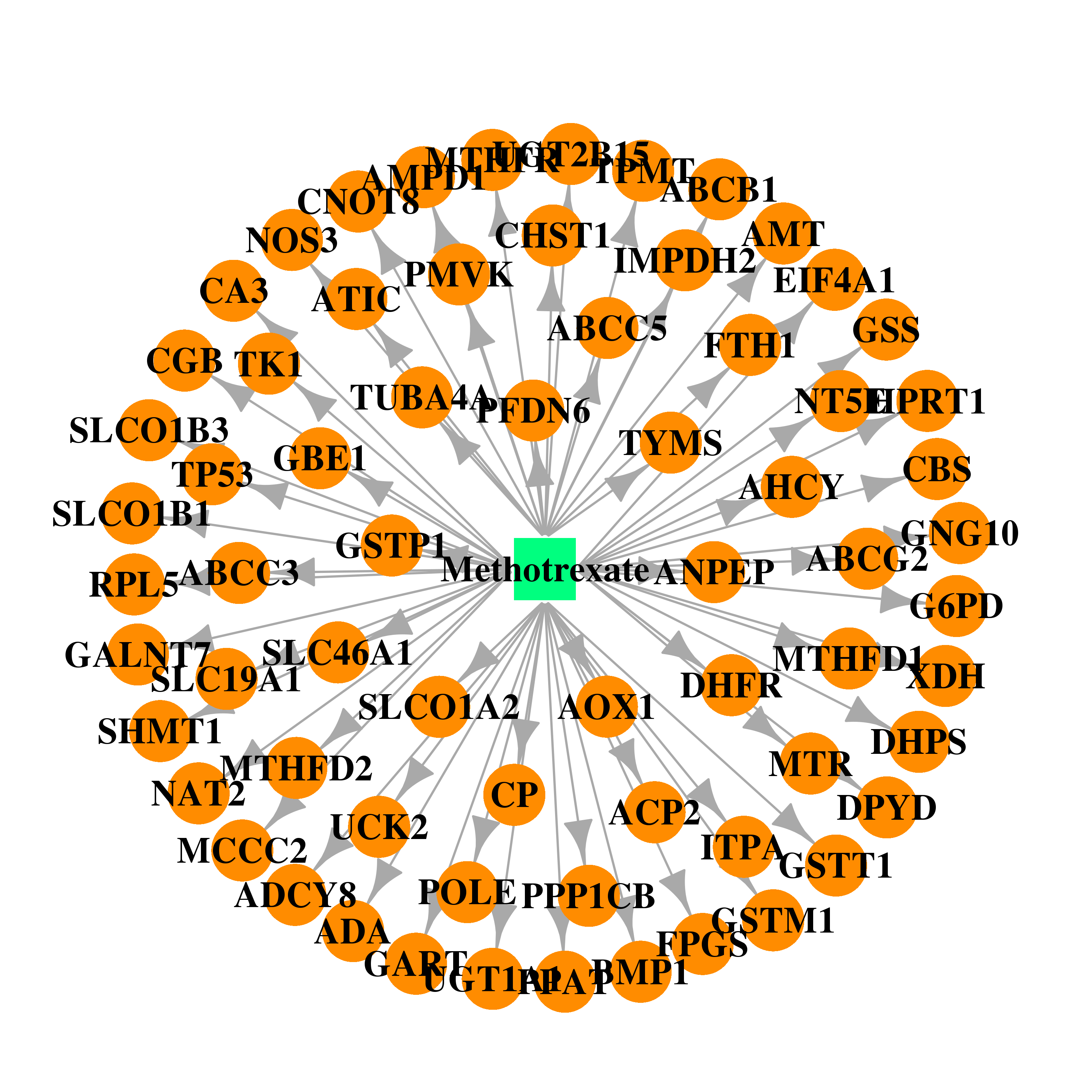 |  |
| DB00352 | aldehyde oxidase 1 | approved | Thioguanine |  | 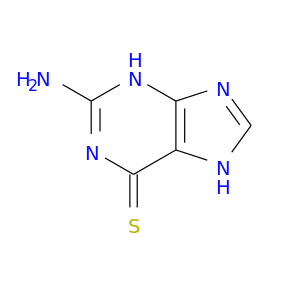 |
| Top |
| Cross referenced IDs for AOX1 |
| * We obtained these cross-references from Uniprot database. It covers 150 different DBs, 18 categories. http://www.uniprot.org/help/cross_references_section |
: Open all cross reference information
|
Copyright © 2016-Present - The Univsersity of Texas Health Science Center at Houston @ |






